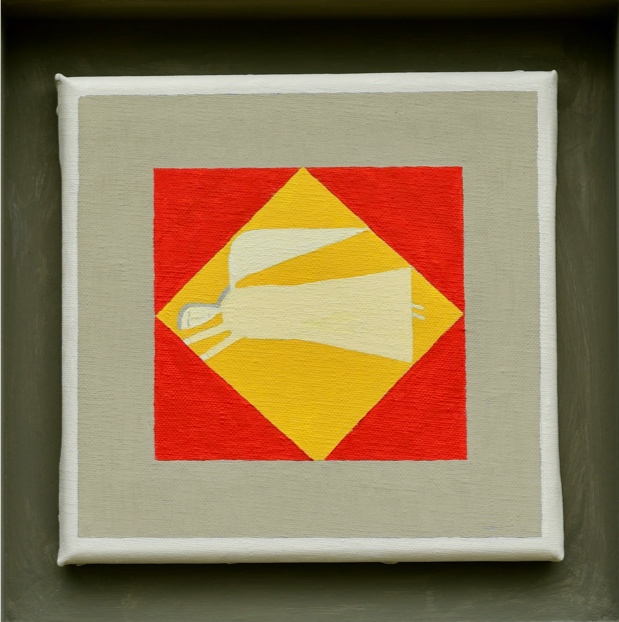Abstract
The Middle High German Kaiserchronik, written by an anonymous author in the middle of the twelfth century, focuses at strategic moments of its historiographical narrative on columns in the city of Rome. Drawing on critical literature relating to columns and spolia, this article presents a reading of the columns in the Kaiserchronik as markers of continuity, connected to what Mikhail Bakhtin called chronotopes: mutually semanticising combinations of space and time. In the case of the Kaiserchronik, these chronotopes are the pagan Roman past on the one hand – as a sphere of reference valued for its auctoritas, and as a source of political prestige and legitimacy – and on the other hand the Christian medieval present of the twelfth century: a sphere of reception, interested in benefitting from this prestige and legitimacy, and retrospectively confirming and constructing it in turn. The article uses the concept of allelopoiesis to describe this process as one of reciprocal transformation, and uses Bakhtin's concepts of the chronotope to illustrate the complex relationship between the shifting semantic charges of the Roman Empire. As a result, it becomes apparent how – connected through time by columns as meaningful spolia – antiquity and the Middle Ages emerge as two chronotopes: intertwined as mutually semanticising spheres that, for all their differences (above all in religion), can infuse each other with new meaning.

This work is licensed under a Creative Commons Attribution-ShareAlike 4.0 International License.
Copyright (c) 2023 Christoph Pretzer

